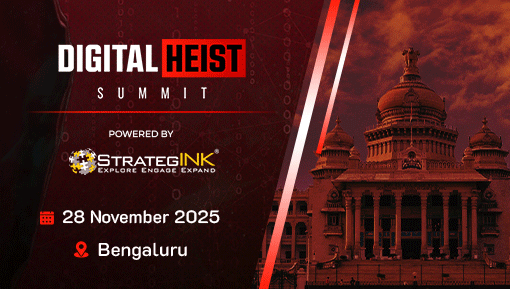
Indian financial institutions need to invest one billion dollars over the next five to 10 years to upgrade their legacy core banking systems, according to Vipin V, managing director and partner at Boston Consulting Group (BCG). This investment is crucial for Indian banks to stay competitive and efficient.
Historically, Indian banks have allocated a smaller portion of their revenues to information technology (IT) compared to their global counterparts. Global banks typically spend 7-9 percent of their revenue on IT, whereas Indian banks spend up to 5 percent, as stated in BCG’s report ‘Cloud-based Core Transformations’.
Indian banks primarily focus their IT budgets on front-end engagement systems rather than core systems, leading to outdated backend infrastructure that struggles to handle high transaction volumes and rapid product launches. Currently, around 80 percent of IT budgets are spent on maintaining existing operations (run the bank or RTB), rather than transforming the bank (change the bank or CTB). Vipin emphasizes the need to shift this ratio to 60/40 in favor of CTB initiatives, which should include more than just “low-hanging fruits” like enhancing customer experiences and offering omni-channel services.
The BCG report outlines several issues with banks’ legacy core systems. Firstly, they incur high operational and maintenance costs. These systems, established in the 1990s with monolithic architectures, were initially meant to handle the inefficiencies of mainframe architectures used by large banks with extensive branch networks. However, this has resulted in tightly coupled systems built on a single tech stack, which are not suitable for horizontal scaling.
Secondly, these systems lack scalability and resilience to handle increasing workloads. The additional pressure of real-time transactions and advanced technologies has led to increased downtime for banks. The Reserve Bank of India’s ombudsman recorded over 40,000 mobile and internet banking complaints in FY23 and FY22.
Lastly, the core systems are inflexible and slow in launching new products. Integrating with these legacy systems is challenging due to outdated API interfaces that are not compatible with modern applications, requiring significant effort to run and maintain, according to BCG.
The report highlights the critical need for Indian banks to modernize their core banking systems to enhance scalability, reduce downtime, and enable quicker product launches, ensuring they can meet the demands of a growing and increasingly digital customer base.





